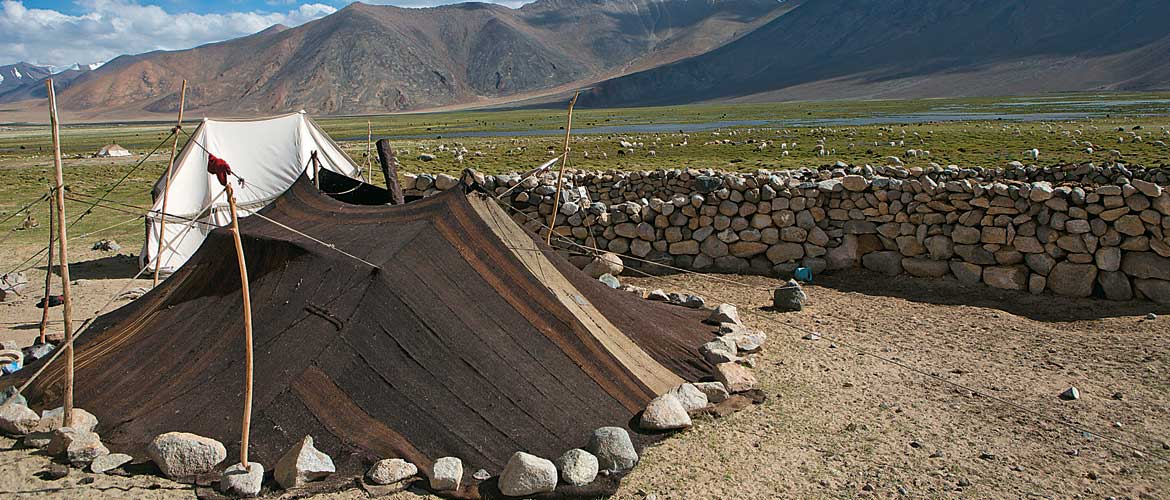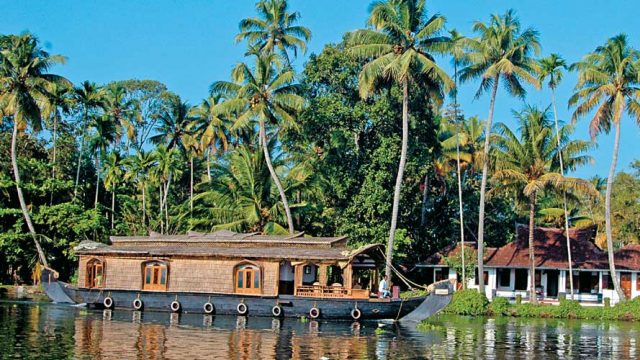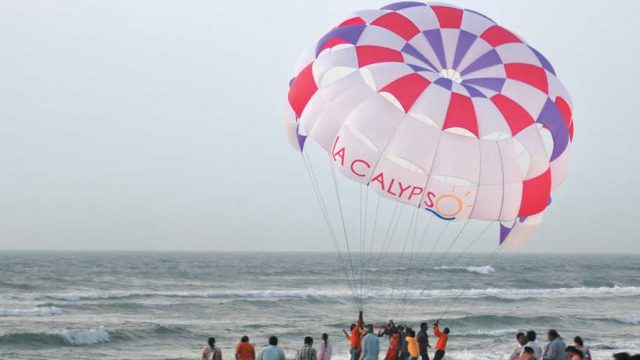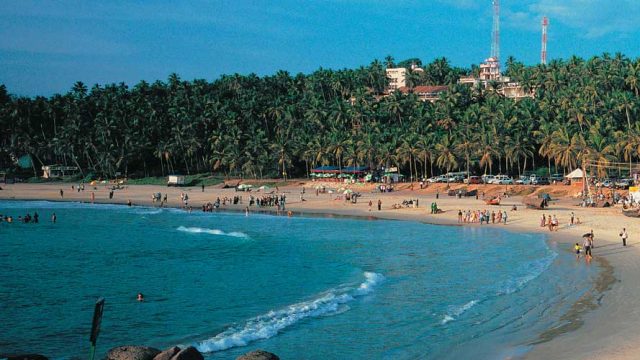It was four in the morning and preparations were under way to move to Norchen.
The caravan spread over at least two kilometres and within this the pack animals were kept close together. Yaks were driven in the front, followed by women and children. Dogs glided in and out, barking at the yaks to ensure they kept moving. The men came in at the rear, leading the horses. Behind them lay just a flat stretch of land, a few stone walls, and smoke rising from the burning embers of hastily doused fires.

“Look at the kind of life we lead,” Tharchen once remarked between moves of the camp, “Always moving, always packing, never staying in one place.” “We have to keep moving,” Skarma, his younger brother, pointed out, “After all, we are the people who move behind the sheep and the goats.”
Shifting pastures
Tharchen is a nomadic pastoralist herding sheep and pashmina goats. He lives in Rupshu (eastern Ladakh), residing in a brown yak-hair tent along with his younger brother Angchuk, their wife Tashi Zangmo, and their five children. His tent is one among several hundred that dot the arid landscape of the vast, undulating plains of the Changthang plateau. Camping at altitudes ranging from 12,000 to 15,000 feet, the nomads live in an extreme environment where temperatures drop as low as -50°C in winter.
Tharchen is a learned yet humble man, a proficient craftsman and highly skilled tailor, regularly receiving orders to make brocade hats for weddings or to carve a prayer stone. He is also very religious, and in the absence of a lama in Rupshu often officiates as one. His younger brother, Angchuk, does not have quite the same versatility as him and relations between the two are often tense. Being the younger husband, his position within the family seemed ambivalent and it was clear he had very little say in its affairs or control over finances. Their wife, Tashi Zangmo, was more protective of her younger husband but paid heed to the words of the older one.

Nomadic life has a gentle rhythm, where everything is centred around the animals. In a land devoid of agriculture this is not surprising as livestock is a precious commodity and their produce (ie fibre and meat) translates into cash. It is also not surprising to discover that in a society that depends solely on pastoralism, their animals are a crucial link to the gods.
“My elders once told me,” Abi Yangzom, Tharchen’s mother said as we waited in her tent for the livestock to return, “that in the beginning our sheep were all different colours. These were mainly white, red, and blue. One day Gyamo Konjor, a princess from a neighbouring kingdom, came and took all the sheep for a walk. Along the way she came to a big river, and she made the sheep walk through it. The water washed away their colour and since that day we have only white sheep.”
The Buddhist pantheon is represented by a three-tier division of the world. The uppermost level is inhabited by the gods, the lowest by spirits of the aquatic and subterranean worlds, while people live in between, in a world also inhabited by demons. The three worlds are depicted by a system of colours: white for heaven, red for earth, and blue for the aquatic and subterranean realm. That the nomad’s sheep were once mainly these colours is not, therefore, coincidental. Consequently, the nomads believe that their livestock are intrinsically sacred animals bestowed upon them by the gods and must always be venerated.
Livestock are the reason the nomads follow a migratory route, shifting camp about 10 times a year. While the time spent at any one place is not fixed, each move is dependent on the availability of pasture and water. The children, who take the livestock out grazing, will tell their parents that the grass on the mountains is virtually exhausted, and the women will grumble that the flow of water in the stream has ebbed. These sentiments are conveyed to the chief, and a date is fixed for the move.

Each move is typically carried out early in the morning, just before sunrise. By mid-day the nomads reach Norchen and each family moves to their hereditary tent site. The tent doors face east as it is inauspicious to turn the tent’s back to the rising sun. Once the tent is pitched, the women move in — the stove is the first to be set up, a fire lit, and soon tea is boiling away.
Four months had passed since the entire camp had last been together, and people renewed contacts and exchanged news. Some shahtoosh had been apprehended at the border, Lanze had eloped with a Tibetan, and Air Force officers had come enquiring about a plane that had crashed in the winter. Without evidence of the pilot’s body they could not declare him dead. The Manipa from Spiti had also arrived and would perform the stone breaking ceremony, symbolic of the destruction of evil, read horoscopes and predict fortunes or unforeseen catastrophes.
It was also time to shear the livestock. The weight of the thick coat was getting unbearable for the animals to carry. Soon the traders would come and the nomads debated who would give the year’s best price for pashmina as wool was generally bartered for grain. Despite its desolate character, the Changthang earns an annual revenue of ₹15 crore for Ladakh — probably the second largest revenue earner for the region after tourism.

Endangered paradise
Soon after the shearing is over, the nomads hold a large prayer ceremony. “It is for the good of our people and our animals,” Nawang Chogyal says, “To protect us all, cleanse us of our sins, and eliminate any misfortune amongst us.” Usually, the Rinpoche from Dubbock Gompa is invited to preside over the prayers. Dubbock is a small monastery, but the nomads of Rupshu have always sent their young monks and nuns to train there. No matter that it belongs to the Nyingmapa School of Buddhism, and they to the Kargyugpa.
Nomadic life follows the same cyclical pattern, but change is also inevitable. In recent years, many nomads have migrated to Leh in search of what they consider a better way of life. Most of them end up doing menial jobs, as coolies and labourers on daily wages. Education has transformed many of the youth, who now perceive a nomadic life as ‘backward’. No longer demarcated as a ‘Restricted Areas Zone’, Changthang is now much visited by tourists who are attracted by the remoteness, stark beauty, and nomadic lifestyle of its people. But tourism has brought only marginal benefits to the people. Most of the Leh-based travel agents use nonlocal guides and horses, resulting in an increase in pressure on the nomads’ grazing lands.

Though each trekking group is meant to pay ₹20 per pack animal, this hardly compensates for the loss of pasture. Jeep safaris in Changthang are also hugely popular with tourists, but often drivers take their four-wheel-drives off the beaten track and this has an adverse effect on the pastures. Unprecedented amounts of garbage are also piling up at tourist campsites. There is an urgent need for eco-sensitive tourism in the Changthang.
Tharchen’s children have all left. So have his two brothers and sister. Today he is a figment of the self-assured nomad I once knew, unsure of his future, dreading to have to leave the Changthang but faced with little choice as nomadic life is difficult for the elderly without the support of the extended family. As I leave, Tharchen clutches to the last vestiges of his nomadic life. A chill wind blows as he walks back to his tent, the mountains surrounding the campsite washed in the golden hue of the setting sun. Clouds are gathering in the distance. A dog barks and Tharchen bends to pick up a stone. A lone shepherd returns with his flock, probably delayed because his animals had strayed too far off in search of pasture. In a few days it would be time to move camp, it was evident the grass on the high pastures was decreasing as the colour of the mountaintops changed from green to brown. Even in this light, it appeared hauntingly beautiful.
India
Ladakh
Changthang Plateau





